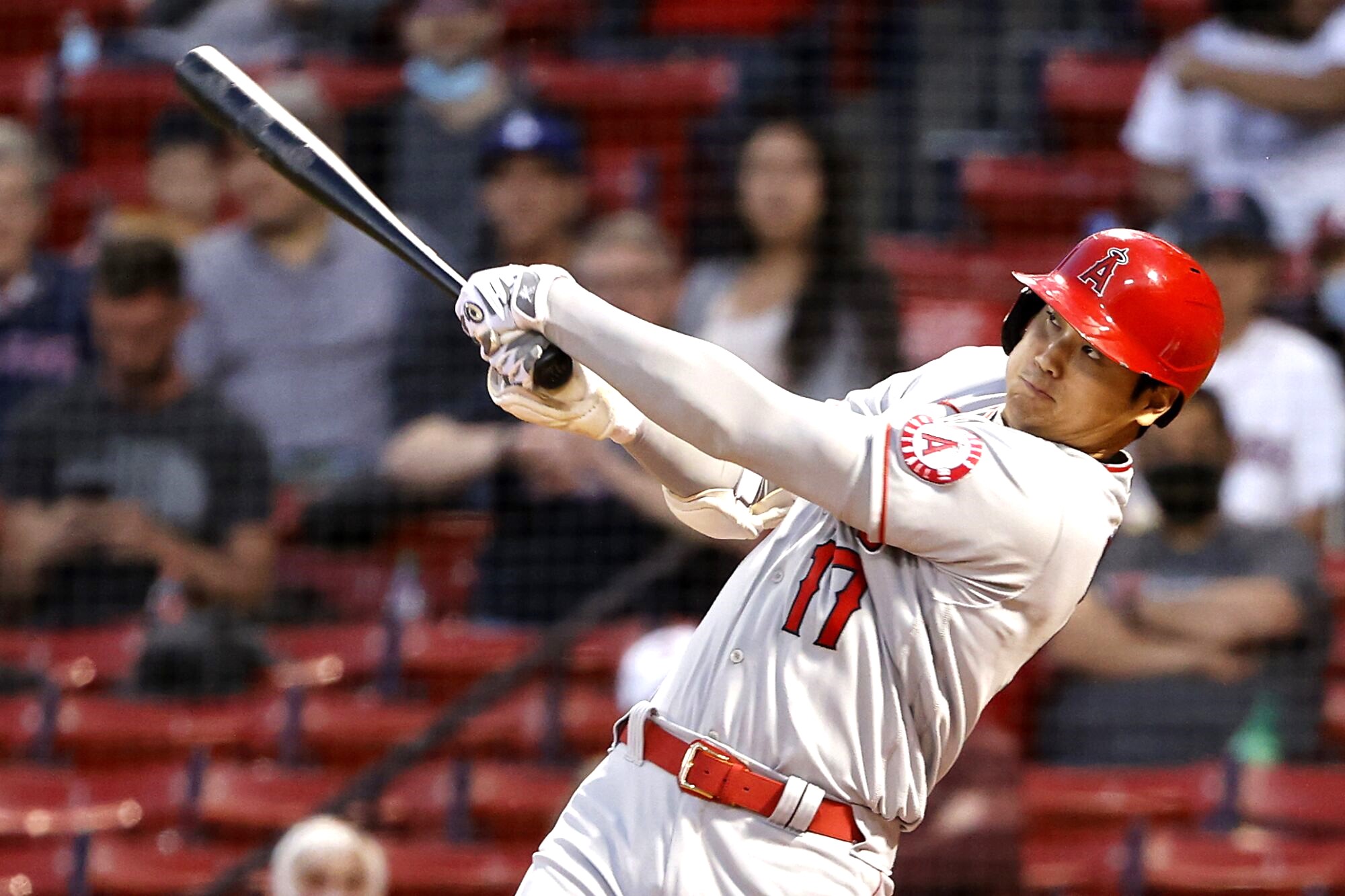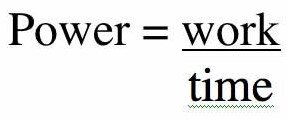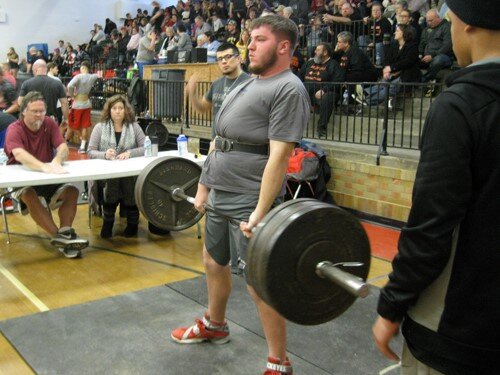
The underlying factor in all things powerful and explosive when it comes to performance is “STRENGTH”. It’s the foundation that athleticism is built on and there can be no better example of this than hitting a baseball and I don’t mean just making contact, I mean hitting the ball with power and… HARD! So, how to increase hitting power in baseball? Let’s read on…
While mobility / stability issues always need to be addressed and are equally as crucial, today we’re going to take a look at how and why training strength and power / explosiveness are the key factors in creating a powerful swing. We all know that barreling up on the ball is vital, but much less effective if you lack:
-
- Maximum Strength (loading Phase)
- Power / Explosiveness (un-loading phase)
As far as strength and power go, both are vital to optimizing your swing mechanics.
Phases of the Swing – Without getting into hitting mechanics, strength and power are intertwined throughout, but each is dominant in different phases of the swing.
Loading Phase – An important aspect of the loading phase is how the swing loads through the heel plant. This requires maximum strength in order to eccentrically load and accept the force coming into the ground. This will then be used as elastic energy when unloading. A weak posterior chain (glutes/hamstrings) will create an energy leak during this phase thus robbing the athlete of much needed stored energy. While a stronger posterior helps with mobility/stability issues by helping to create a strong, stable base of support.
Loading Phase
Unloading Phase – An elite swing allows for optimal power while allowing the most time for pitch recognition. Many times this is the shortest swing possible (approximately 0.167 sec) in terms of time and distance. This my friends is THE definition of power / explosiveness.

Forward movement is initiated and concentric force production (i.e. “power“) becomes the key player.
Unloading Phase
Now lets look at at these 2 training variables individually and go over how we develop them with different methods in the weight room.
1. Strength
When you’ve got a great foundation of strength, putting force into the ground (power) happens, and with that so does athleticism. This will help shed some light as to why our strength training programs are at the forefront of our programs. Much like training speed, we need to first work on getting strong and then learn to apply that new strength rapidly into the ground and up through your swing into your bat as the season nears.
In the early off-season is when we train for absolute strength for ball players. This is when we need to put on some size muscle-wise, as well as strengthening the prime movers (glutes/hamstrings/lats) to be able to really crush the ball. Training explosiveness at this point would be a bit premature as we have yet to develop maximum strength to be explosive with. Let’s get these “big guys” stronger first.
Trap Bar Deadlift
1-arm DB Row
2. Power and Explosiveness
Later in the off-season, once we’ve established a solid base of strength, we can start working on training techniques to increase power and explosiveness. Without this crucial 2nd half of the strength equation maximum exit velocity simply will not happen. I mean just because you can deadlift 3x’s your body weight doesn’t mean you’re going to be explosive at the plate.

When the time comes to train explosiveness, it’s more about how quickly you can lift that weight. This brings us to…
Rate of Force Development (RFD) – While getting strong is a given in any sport, how quickly we can apply that newly acquired strength (power) is what separates good from great bat speed. The quicker you can produce force the harder and faster you’ll swing.
Dynamic Cable lift
By working at lower intensity/bar speeds (10-30% 1 rep max / 1.0-2.0 m/s), we can decrease an athlete’s time to achieve peak rate of force development (RFD). Using a lighter load will allow the athlete to produce higher forces in shorter periods of time, and therefore create a more rapid transfer of force from the ground up through the kinetic chain (leg, pelvis, core, shoulder, arm). This will increase their explosiveness and in turn have a direct effect on exit velo. A quicker unloading phase will also allow them more time to decide if they’re going to swing or not.
Deadlift Triple
Unfortunately, there are still many coaches that still believe that a fast and powerful swing cannot be taught. Well, I disagree, whether it’s pitching velocity or exit velo coming off a bat I KNOW it can be taught as we have proven this many times over.
With the use of VBT (velocity-based training), we now can coach and train “Rate of Force” production in the weight room completely putting that myth to rest. We’ve been utilizing it here at RPP with great results. Velocity based training uses bar speed as external (visual) cueing to let the athlete know how explosive he should be as well as manage volume on days when he may not be quite up to snuff. This will allow him to train as explosively as he should while avoiding both overtraining as well as undertraining. Depending upon the athlete and the exercise, bar speeds can vary anywhere between 1.0-2.0 m/s when training for explosiveness.
How to increase hitting power in baseball? Bottom line is that in addition to cleaning up swing mechanics, generating more bat speed will be an uphill battle unless you get strong first and apply more force (strength) into the ground and then apply it quickly (power) up through the kinetic chain and into your bat.
See ya’ in the gym…
By Nunzio Signore (Owner at RPP Baseball)
You live too far to train with us in-house at RPP? You can now train with us on a REMOTE basis.


